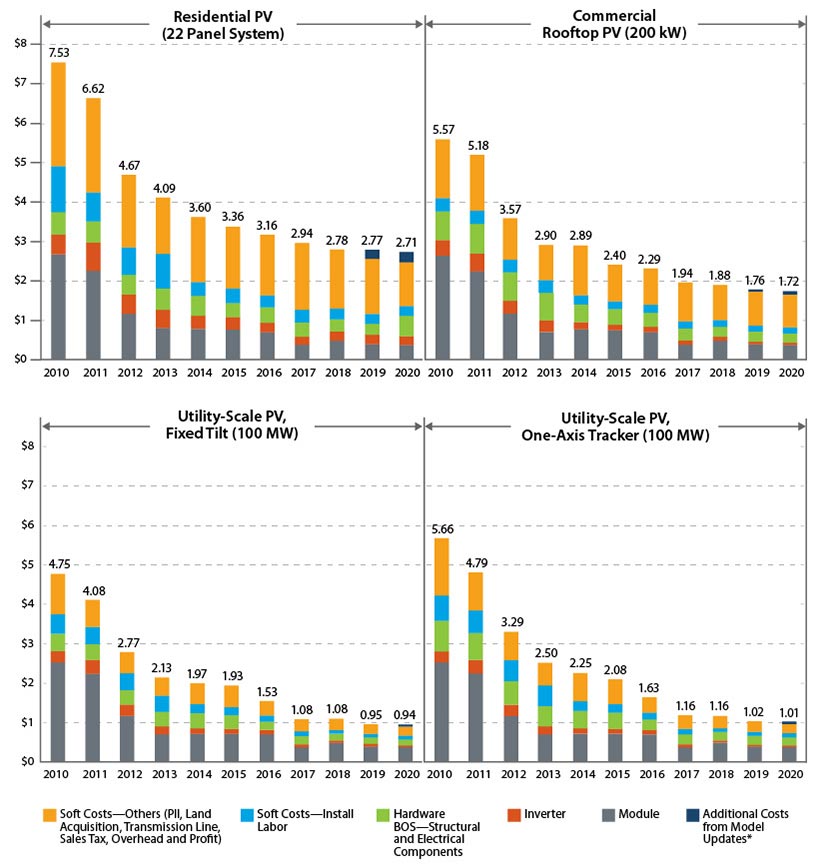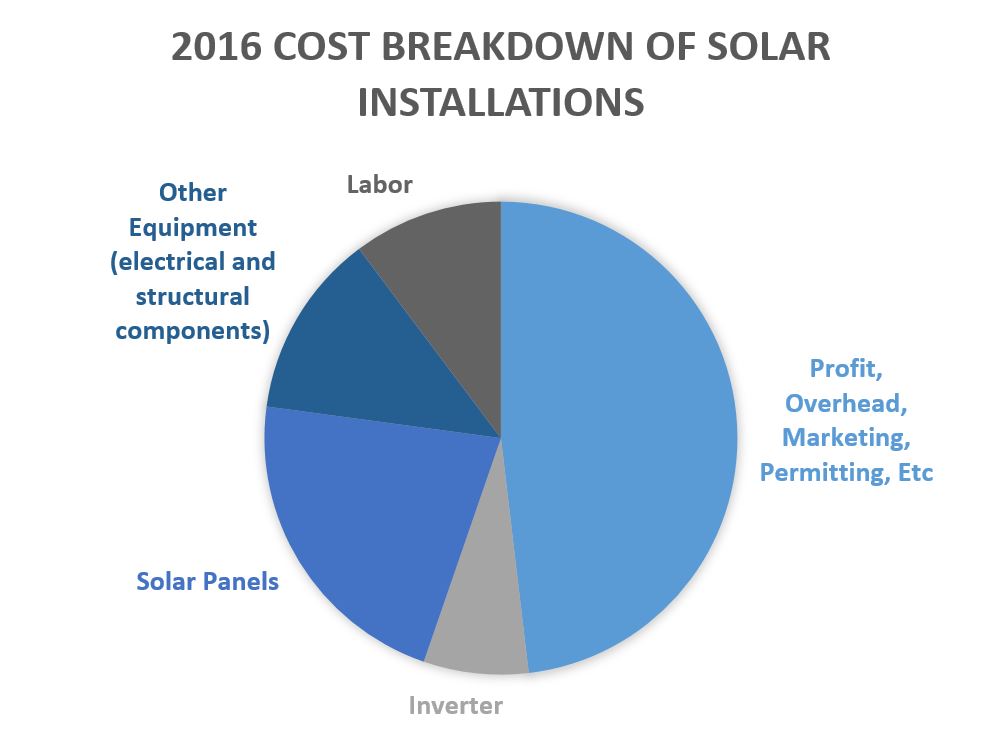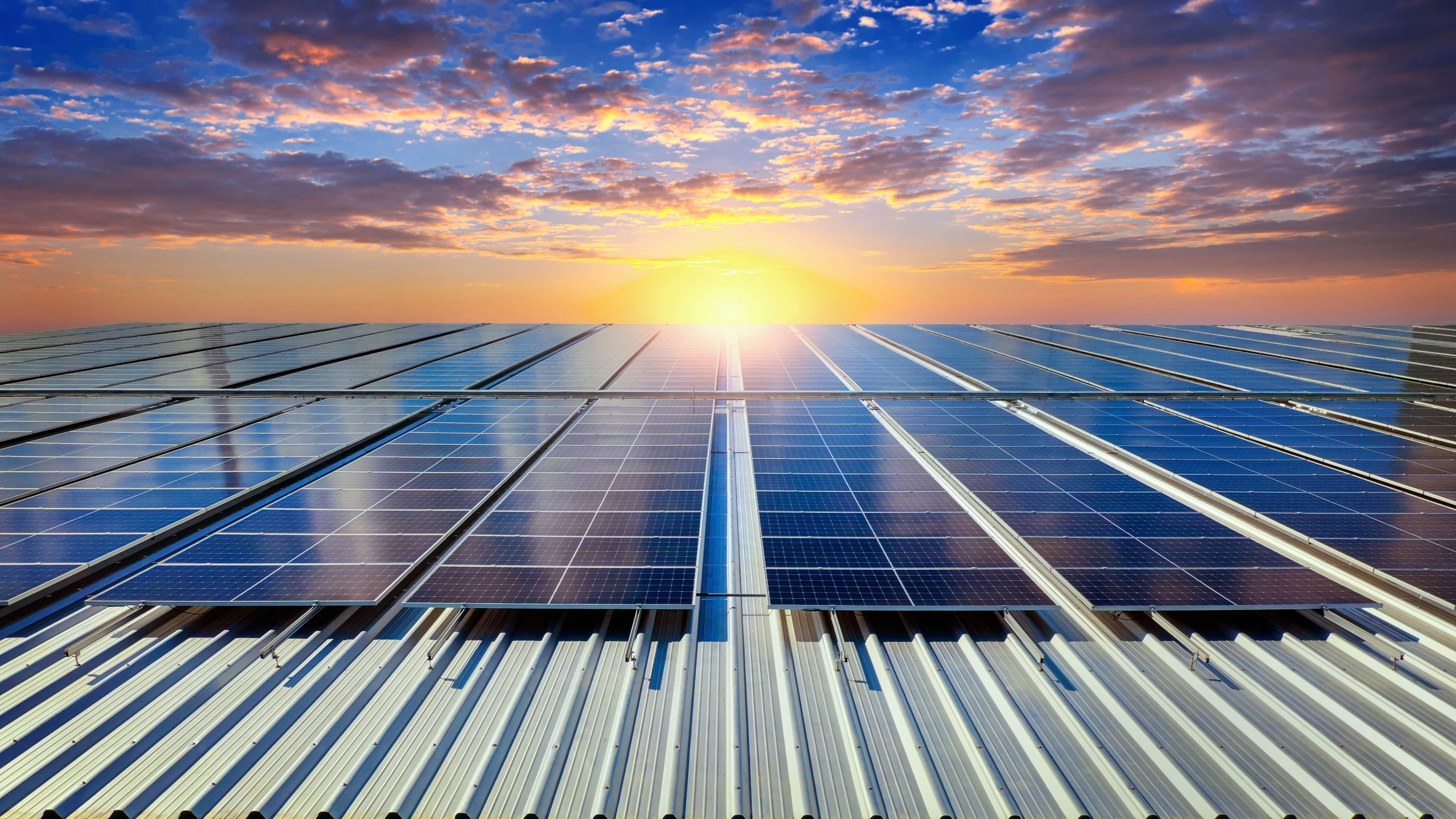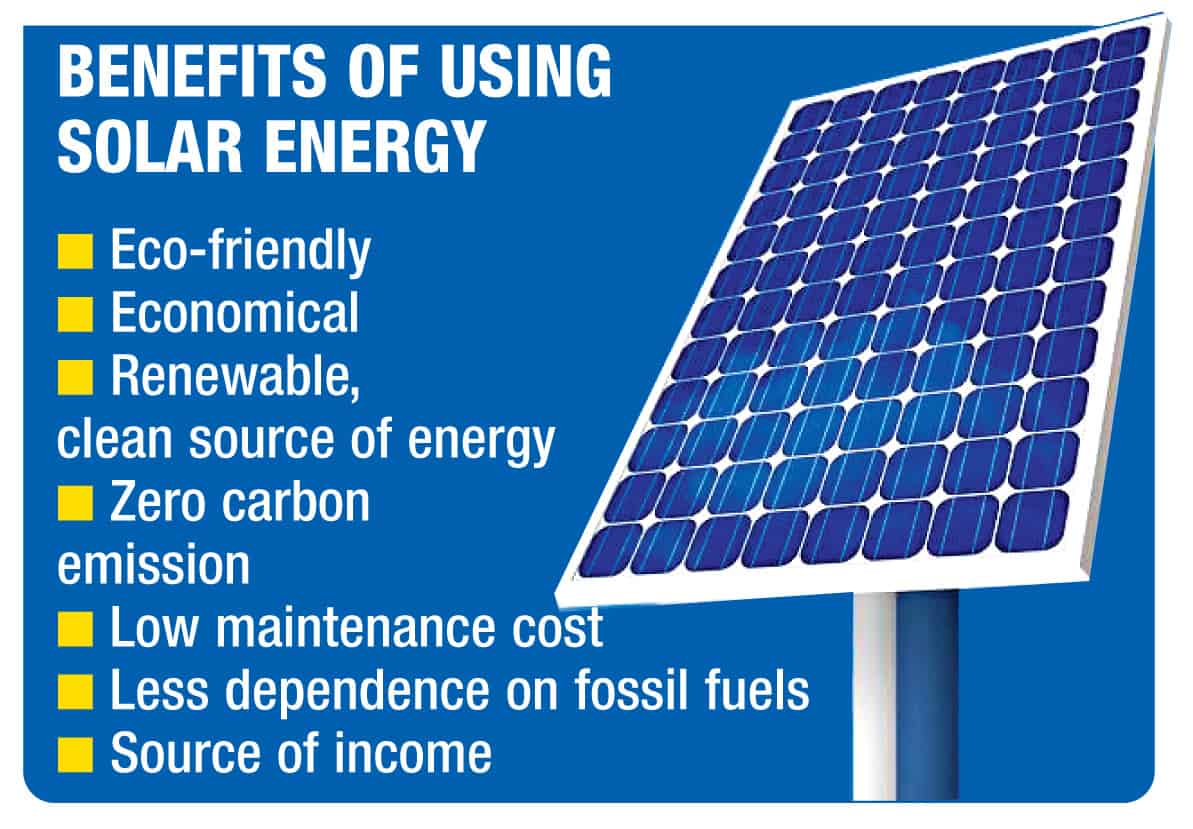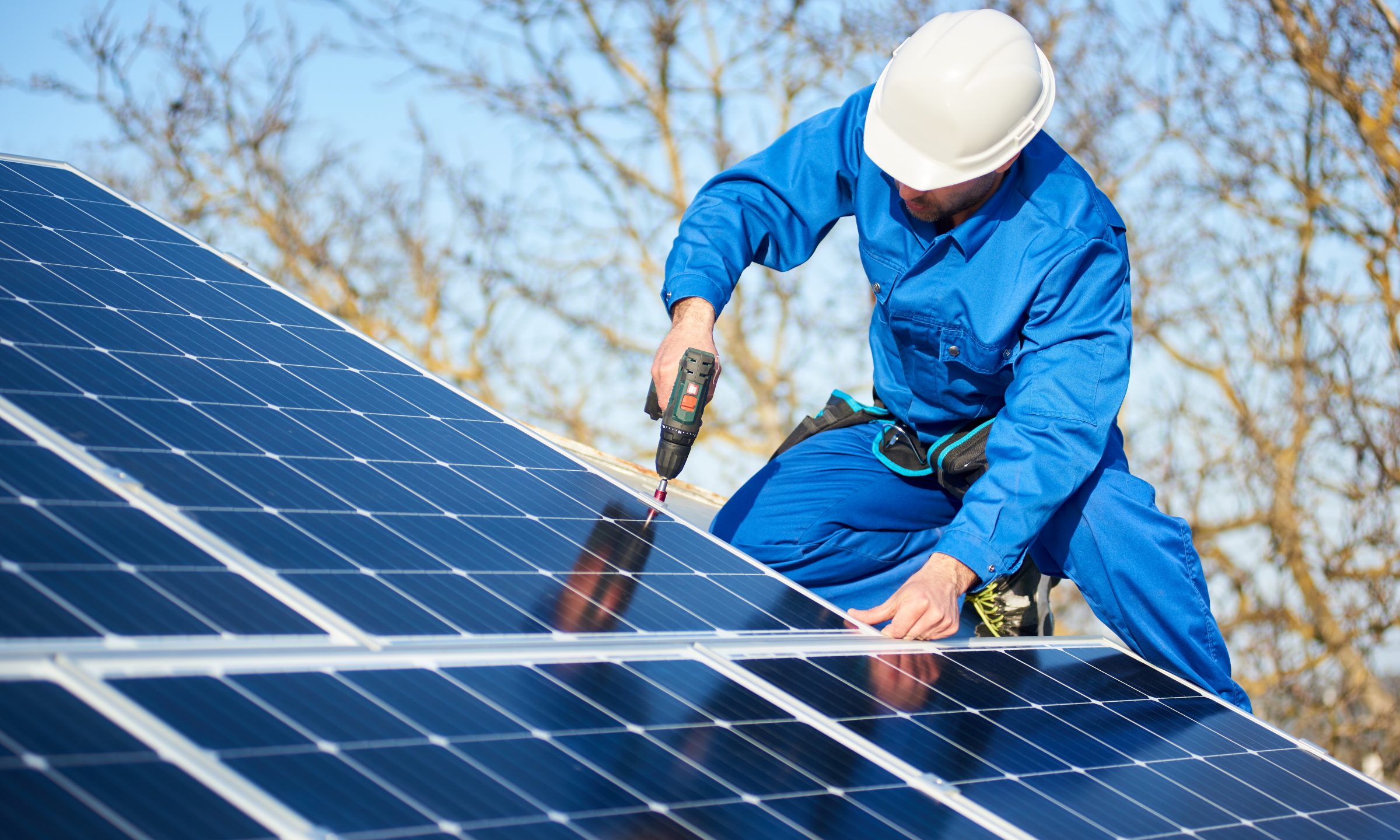Understanding the Cost of Solar Panels for Your Home
When considering solar panels for your home, one of the most important factors to consider is the cost. The cost for solar panels for your home can vary widely, depending on several key factors, including the size of the system, the installation company, and local incentives. Understanding these factors is crucial to making an informed decision about whether solar panels are right for you.
The cost of solar panels can be broken down into several components, including the cost of the equipment itself, installation costs, and ongoing maintenance costs. The cost of the equipment, including solar panels, inverters, and mounting hardware, can range from $15,000 to $30,000 or more, depending on the size of the system. Installation costs, including labor, permits, and inspections, can add an additional $5,000 to $10,000 to the total cost.
In addition to the upfront costs, homeowners should also consider the ongoing maintenance costs associated with solar panels. While solar panels require very little maintenance, they do need to be cleaned regularly to ensure optimal performance. This can be done by the homeowner or by hiring a professional cleaning service.
Despite the upfront costs, solar panels can provide significant long-term savings for homeowners. According to the US Department of Energy, homeowners who install solar panels can save between $400 and $1,000 per year on their energy bills. Additionally, solar panels can increase the value of your home, making it more attractive to potential buyers if you decide to sell in the future.
It’s also worth noting that there are several incentives and rebates available to homeowners who install solar panels. The federal government offers a tax credit of up to 30% of the total cost of the system, and many states and local governments offer additional incentives. Some utility companies also offer rebates and other incentives for homeowners who install solar panels.
Overall, the cost for solar panels for your home can vary widely, depending on several key factors. However, with the potential for significant long-term savings and the availability of incentives and rebates, solar panels can be a smart investment for many homeowners.
Breaking Down the Costs: Equipment, Installation, and Maintenance
The cost for solar panels for your home can be broken down into several key components, including the cost of equipment, installation costs, and ongoing maintenance costs. Understanding these costs is essential to making an informed decision about whether solar panels are right for you.
The cost of equipment, including solar panels, inverters, and mounting hardware, can range from $15,000 to $30,000 or more, depending on the size of the system. The cost of solar panels themselves can vary depending on the quality and efficiency of the panels, as well as the brand and model. For example, high-efficiency solar panels from brands like SunPower and Panasonic can cost upwards of $20,000, while lower-efficiency panels from brands like Tesla can cost around $15,000.
Installation costs, including labor, permits, and inspections, can add an additional $5,000 to $10,000 to the total cost. The cost of installation can vary depending on the complexity of the installation, the location of the home, and the installer’s level of experience. It’s essential to work with a reputable installer who can provide a detailed breakdown of the installation costs and ensure a smooth installation process.
Ongoing maintenance costs are also an essential consideration when calculating the cost for solar panels for your home. While solar panels require very little maintenance, they do need to be cleaned regularly to ensure optimal performance. This can be done by the homeowner or by hiring a professional cleaning service. Additionally, solar panels may require occasional repairs or replacements, which can add to the overall cost.
It’s also worth noting that some solar panel systems may require additional components, such as energy storage systems or monitoring systems, which can add to the overall cost. However, these components can also provide additional benefits, such as increased energy independence and improved system performance.
Overall, the cost for solar panels for your home can vary widely, depending on the size of the system, the quality of the equipment, and the installation costs. However, by understanding the breakdown of these costs, homeowners can make an informed decision about whether solar panels are right for them.
Understanding the Role of Incentives and Rebates in Reducing Costs
In addition to the upfront costs of solar panels, there are several incentives and rebates available to homeowners who install solar panels. These incentives can help reduce the cost for solar panels for your home, making it more affordable and increasing the potential return on investment.
One of the most significant incentives for solar panels is the federal tax credit. This credit allows homeowners to claim a tax credit of up to 30% of the total cost of the solar panel system, including equipment and installation costs. This can result in significant savings, with the average homeowner saving around $5,000 to $10,000.
In addition to the federal tax credit, many states and local governments offer their own incentives and rebates for solar panels. These can include state tax credits, rebates, and net metering laws, which allow homeowners to sell excess energy back to the grid and offset their energy bills. Some utility companies also offer rebates and other incentives for homeowners who install solar panels.
Net metering laws are particularly important for homeowners who install solar panels. These laws allow homeowners to generate their own energy and sell any excess back to the grid, offsetting their energy bills and reducing their reliance on the grid. This can result in significant savings, with some homeowners saving up to 50% on their energy bills.
Utility company rebates are another incentive for homeowners who install solar panels. These rebates can range from $500 to $5,000 or more, depending on the utility company and the size of the solar panel system. Some utility companies also offer special rates for homeowners who install solar panels, which can result in additional savings.
Overall, the incentives and rebates available for solar panels can significantly reduce the cost for solar panels for your home. By taking advantage of these incentives, homeowners can increase the potential return on investment and make solar panels a more affordable option.
Comparing the Costs of Different Solar Panel Brands and Models
When it comes to choosing solar panels for your home, there are many different brands and models to consider. Each brand and model has its own unique features, benefits, and price points, which can affect the overall cost for solar panels for your home. In this section, we’ll compare the costs of some popular solar panel brands and models, including Tesla, SunPower, and Panasonic.
Tesla is a well-known brand in the solar panel industry, and their solar panels are popular among homeowners. Tesla’s solar panels are known for their high efficiency and sleek design, but they can be more expensive than other brands. The cost of Tesla’s solar panels can range from $2.50 to $3.50 per watt, depending on the model and size of the system.
SunPower is another popular brand in the solar panel industry, and their solar panels are known for their high efficiency and durability. SunPower’s solar panels are more expensive than Tesla’s, with a cost range of $3.00 to $4.00 per watt. However, SunPower’s solar panels are also known for their high quality and long lifespan, which can make them a good investment for homeowners.
Panasonic is a well-established brand in the electronics industry, and their solar panels are known for their high quality and reliability. Panasonic’s solar panels are priced competitively with Tesla’s and SunPower’s, with a cost range of $2.50 to $3.50 per watt. Panasonic’s solar panels are also known for their high efficiency and durability, making them a good choice for homeowners.
Other solar panel brands and models are also available, and their costs can vary widely depending on the brand, model, and size of the system. It’s essential to research and compare the costs of different solar panel brands and models to find the best option for your home and budget.
In addition to the cost per watt, homeowners should also consider other factors when choosing solar panels, such as the warranty, durability, and efficiency of the panels. By considering these factors and comparing the costs of different solar panel brands and models, homeowners can make an informed decision and find the best solar panels for their home.
The Impact of System Size on Solar Panel Costs
The size of the solar panel system is a critical factor in determining the overall cost for solar panels for your home. The larger the system, the more solar panels and equipment are required, which can increase the upfront cost. However, a larger system can also produce more energy, which can lead to greater long-term savings.
The relationship between system size and cost is not always linear. While a larger system may cost more upfront, the cost per watt of energy produced can actually decrease as the system size increases. This is because the cost of equipment and installation can be spread out over a larger number of solar panels, reducing the cost per watt.
For example, a small solar panel system with a capacity of 2-3 kilowatts (kW) may cost around $15,000 to $20,000, or $5-7 per watt. A medium-sized system with a capacity of 5-7 kW may cost around $25,000 to $35,000, or $4-6 per watt. A large system with a capacity of 10-15 kW may cost around $40,000 to $60,000, or $3-5 per watt.
It’s essential to consider the size of the solar panel system in relation to your energy needs and budget. A larger system may not always be the best option, especially if you have limited roof space or a smaller energy budget. A smaller system may be more suitable for your needs, and can still provide significant long-term savings.
In addition to the upfront cost, it’s also important to consider the long-term savings potential of a solar panel system. A larger system can produce more energy, which can lead to greater long-term savings. However, the payback period for a larger system may be longer, which can affect the overall return on investment.
Ultimately, the size of the solar panel system will depend on your specific energy needs and budget. It’s essential to consult with a solar panel professional to determine the best system size for your home and ensure a smooth installation process.
Assessing the Long-Term Savings of Solar Panels for Your Home
One of the most significant benefits of solar panels is the long-term savings they can provide for homeowners. By generating their own clean energy, homeowners can reduce their reliance on the grid and lower their energy bills. But how much can homeowners expect to save, and how long will it take to recoup their investment?
The estimated payback period for solar panels varies depending on several factors, including the cost of the system, the amount of energy produced, and the local electricity rates. However, on average, homeowners can expect to recoup their investment in solar panels within 5-10 years. This is because solar panels can save homeowners around $400-1,000 per year on their energy bills, depending on the size of the system and the local electricity rates.
In addition to the short-term savings, solar panels can also increase the value of your property. According to the National Renewable Energy Laboratory, homes with solar panels sell for around 17% more than similar homes without solar panels. This is because solar panels are seen as a desirable feature by homebuyers, and can increase the appeal of a property.
The return on investment (ROI) for solar panels is also impressive. While the upfront cost of solar panels can be significant, the long-term savings and increased property value can provide a strong ROI. According to the Solar Energy Industries Association, the average ROI for solar panels is around 10-15% per year, which is higher than many other home improvement projects.
It’s essential to note that the long-term savings and ROI for solar panels can vary depending on several factors, including the quality of the system, the installation company, and the local electricity rates. However, with the right system and installation, homeowners can expect to enjoy significant long-term savings and a strong ROI.
Overall, the long-term savings potential of solar panels is a significant benefit for homeowners. By generating their own clean energy, homeowners can reduce their reliance on the grid, lower their energy bills, and increase the value of their property. With the right system and installation, homeowners can enjoy significant long-term savings and a strong ROI.
Navigating the Installation Process: Tips for Homeowners
Once you’ve decided to install solar panels on your home, it’s essential to navigate the installation process smoothly. Here are some tips to help you choose a reputable installer, understand the installation timeline, and ensure a smooth installation process.
Choosing a Reputable Installer: When selecting a solar panel installer, look for a company with experience and a good reputation. Check online reviews, ask for referrals from friends or family members, and verify the company’s licenses and certifications. A reputable installer will provide you with a detailed quote, explain the installation process, and answer any questions you may have.
Understanding the Installation Timeline: The installation process typically takes several days to a week, depending on the size of the system and the complexity of the installation. Your installer should provide you with a detailed timeline, including the start and end dates, and a list of the tasks to be completed each day.
Ensuring a Smooth Installation Process: To ensure a smooth installation process, make sure to clear the area around your home, including any trees or obstructions that may interfere with the installation. Also, be available to answer any questions the installer may have, and provide access to your home’s electrical system.
Permits and Inspections: Your installer should obtain all necessary permits and inspections before starting the installation process. Make sure to ask about the permits and inspections required for your area, and ensure that they are completed before the installation begins.
Warranty and Maintenance: A reputable installer should provide you with a warranty for the solar panel system, including the equipment and labor. Make sure to ask about the warranty terms, including the length of the warranty and what is covered. Also, ask about the maintenance requirements for the system, including any regular cleaning or inspections.
By following these tips, you can ensure a smooth and successful solar panel installation process. Remember to choose a reputable installer, understand the installation timeline, and ensure a smooth installation process to maximize your investment in solar panels.
Maximizing Your Solar Panel Investment: Monitoring and Maintenance
To ensure optimal performance and longevity of your solar panel system, it’s essential to monitor and maintain it regularly. Monitoring your solar panel system allows you to track energy production, identify potential issues, and optimize performance. Maintenance, on the other hand, involves regular cleaning, inspections, and repairs to ensure the system continues to operate efficiently.
Tracking Energy Production: One of the most important aspects of monitoring your solar panel system is tracking energy production. This can be done using a monitoring system, which provides real-time data on energy production, consumption, and storage. By tracking energy production, you can identify potential issues, optimize performance, and ensure you’re getting the most out of your solar panel system.
Identifying Potential Issues: Monitoring your solar panel system also allows you to identify potential issues before they become major problems. For example, if you notice a decrease in energy production, you can investigate the cause and take corrective action. This can help prevent costly repairs and ensure your system continues to operate efficiently.
Regular Cleaning and Inspections: Regular cleaning and inspections are essential to maintaining your solar panel system. Cleaning the panels regularly can help ensure optimal energy production, while inspections can help identify potential issues before they become major problems. It’s recommended to clean your solar panels every 6-12 months, depending on the amount of debris and dirt that accumulates.
Repairs and Replacement: While solar panels are designed to last for many years, they may require repairs or replacement over time. Regular maintenance can help identify potential issues before they become major problems, but it’s also important to have a plan in place for repairs and replacement. This can include working with a reputable solar panel installer or manufacturer to ensure any repairs or replacement are done correctly.
By monitoring and maintaining your solar panel system, you can ensure optimal performance and longevity, maximizing your investment in solar panels for your home.


